The Ishtar Gate was the eighth gate to the inner city of Babylon (in the area of present-day Hillah, Babil Governorate, Iraq). It was constructed c. 569 BC by order of King Nebuchadnezzar II on the north side of the city. It was part of a grand walled processional way leading into the city.
The original structure was a double gate with a smaller frontal gate and a larger and more grandiose secondary posterior section. The walls were finished in glazed bricks mostly in blue, with animals and deities (also made up of colored bricks) in low relief at intervals. The gate was 50 feet (15 meters) high, and the original foundations extended another 45 feet (14 meters) underground.
German archaeologist Robert Koldewey led the excavation of the site from 1904 to 1914. After the end of the First World War in 1918, the smaller frontal gate was reconstructed in the Pergamon Museum in Berlin.
Other panels from the façade of the ga...Read more
The Ishtar Gate was the eighth gate to the inner city of Babylon (in the area of present-day Hillah, Babil Governorate, Iraq). It was constructed c. 569 BC by order of King Nebuchadnezzar II on the north side of the city. It was part of a grand walled processional way leading into the city.
The original structure was a double gate with a smaller frontal gate and a larger and more grandiose secondary posterior section. The walls were finished in glazed bricks mostly in blue, with animals and deities (also made up of colored bricks) in low relief at intervals. The gate was 50 feet (15 meters) high, and the original foundations extended another 45 feet (14 meters) underground.
German archaeologist Robert Koldewey led the excavation of the site from 1904 to 1914. After the end of the First World War in 1918, the smaller frontal gate was reconstructed in the Pergamon Museum in Berlin.
Other panels from the façade of the gate are located in many other museums around the world.
The façade of the Iraqi embassy in Beijing, China includes a replica of the Ishtar Gate. The façade of the Iraqi embassy in Amman, Jordan also evokes the Ishtar Gate.
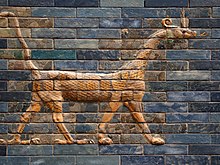 One of the mušḫuššu dragons from the gate
One of the mušḫuššu dragons from the gateKing Nebuchadnezzar II reigned 604–562 BC, the peak of the Neo-Babylonian Empire. He is known as the biblical conqueror who captured Jerusalem.[1] He ordered the construction of the gate and dedicated it to the Babylonian goddess Ishtar. The gate was constructed using glazed brick with alternating rows of bas-relief mušḫuššu (dragons), aurochs (bulls), and lions, symbolizing the gods Marduk, Adad, and Ishtar respectively.[2]
The roof and doors of the gate were made of cedar, according to the dedication plaque. The bricks in the gate were covered in a blue glaze meant to represent lapis lazuli, a deep-blue semi-precious stone that was revered in antiquity due to its vibrancy. The blue-glazed bricks would have given the façade a jewel-like shine. Through the gate ran the Processional Way, which was lined with walls showing about 120 lions, bulls, dragons, and flowers on yellow and black glazed bricks, symbolizing the goddess Ishtar. The gate itself depicted only gods and goddesses. These included Ishtar, Adad, and Marduk. During celebrations of the New Year, statues of the deities were paraded through the gate and down the Processional Way.[citation needed]


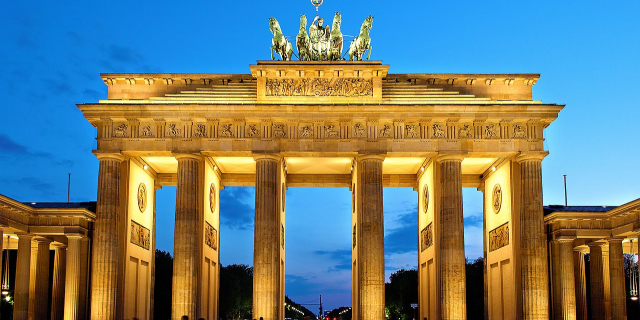

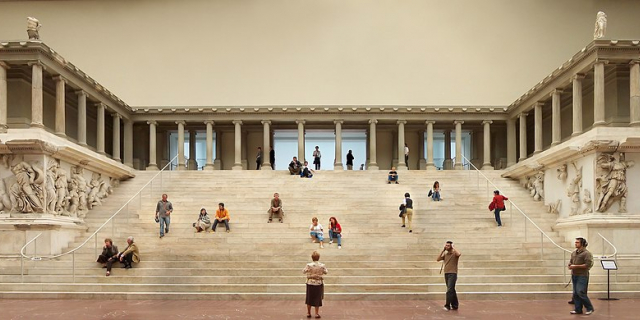

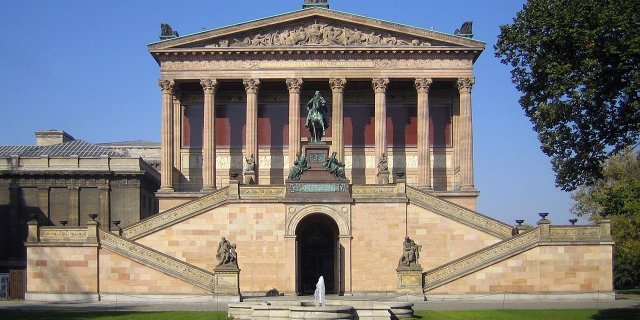















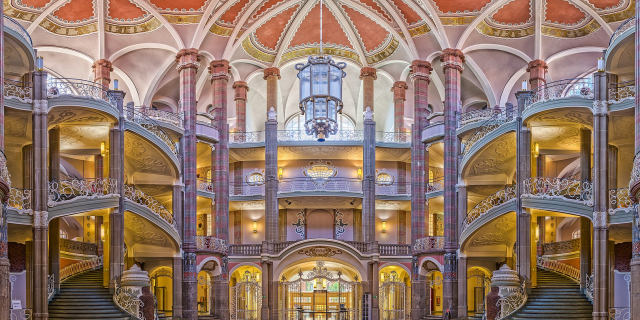








Add new comment